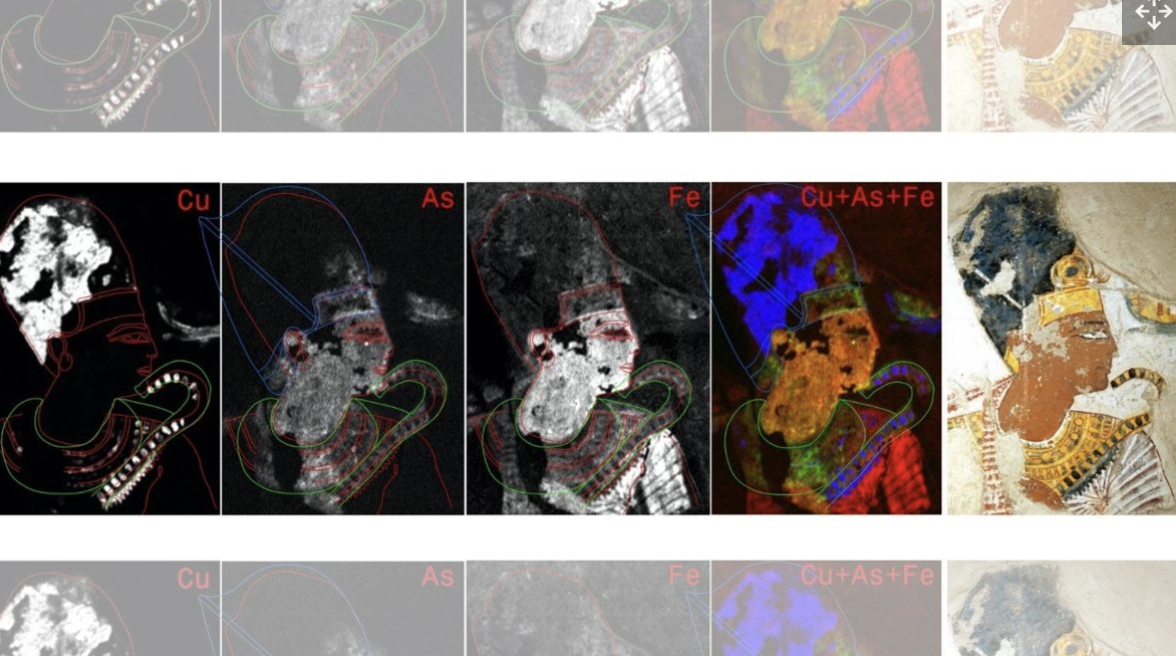More than 3,000 years ago, ancient Egyptian artists flubbed a royal portrait that was discovered in a tomb within a vast necropolis, a new study suggests.
The painting, of the pharaoh Ramesses II (reign circa 1279 B.C. to 1213 B.C.), is in the tomb of an official named Nakhtamun, who was buried near Thebes (modern-day Luxor). In the painting, the pharaoh has some stubble on his face and is facing a figure whose features cannot be seen well, according to a new study published in the journal Plos One.
This has led past scholars to propose that the painting shows the pharaoh mourning the death of his father, the pharaoh Seti I (reign circa 1294 B.C. to 1279 B.C.), the team wrote. But a new scan of the portrait suggests otherwise.
Using a portable version of X-ray fluorescence imaging (XRF), a technique that uses X-rays to determine the chemical composition of an object, the team scanned the Ramesses II painting and one other artwork from the necropolis, revealing details that were not visible with the naked eye.
However, not everyone agrees with the team’s new interpretations of the Ramesses II painting nor with the study’s suggestions about when this artwork was created.
Reinterpretation of Ramesses II
The team found that Ramesses II is actually facing Ptah, an ancient Egyptian god associated with craftspeople. The scan “shows that Ramesses II [stands] under a cult canopy, while the enthroned figure in front of him is clearly the god Ptah, not his deceased father Seti I,” the team wrote in the study.
The team also found that Ramesses II was depicted with a “protrusive adam’s apple,” the team wrote, noting that this is “a detail that is interestingly never shown in ancient Egyptian art.”
Moreover, the pharaoh was originally depicted wearing what the ancient Egyptians called a “shebyu collar,” which consists of “several voluminous chains of gold formed by large and heavy lenticular beads,” the researchers wrote in the study. This collar was popular in the 20th dynasty (circa 1186 B.C. to 1070 B.C.) but was not used during Ramesses II’s reign, the team said. According to the researchers, the shebyu collar was painted over and replaced with a “wesekh” necklace, a flat piece of jewelry that was worn during Ramesses II’s rule.
Based on the necklace discovery, the team thinks the painting was originally drawn in the 20th dynasty, decades after Ramesses II died. It’s likely that when the artists realized they had painted the wrong type of necklace on Ramesses II, they corrected it, the study authors wrote.









